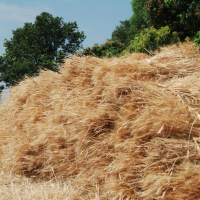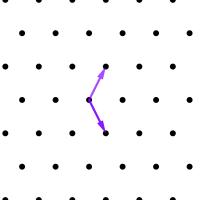
Keeping the world's networks quantum safe
Our digital, networked lives are only possible thanks to cryptography – the science of keeping information secret. Ingenious uses of maths have provided the key to cryptography so far, but quantum computing could make our current techniques useless. How can we prepare for this quantum future and ensure we can continue to live our digital lives?
This was one of the key questions being discussed at an event Quantum Computing: Applications and Challenges organised by the Newton Gateway to Mathematics, held as part of a longer research programme at the Isaac Newton Institute for Mathematical Sciences in Cambridge. Find out more in this collection of articles.

Post-quantum cryptography — How can we make the world's networks quantum safe? We find out from Zygmunt Lozinski and Petros Wallden.

Lattice-based cryptography — Find out about lattice-based cryptography – the best candidate for keeping our networks safe in the face of attacks by quantum computers – in this brief introduction.
Background reading

Maths in a minute: Cryptography — Find out about the ingenious maths keeping your credit card details safe when you shop online in this easy introduction.

Maths in a minute: Quantum computing — Quantum computing often grabs the headlines. Find out the basics in our easy introduction.

Maths in a minute: Lattices — A lattice may seem like a simple regular grid of points, but it leads to fascinating new research in maths and cryptography! Read our easy introduction to find out more.
This article was produced as part of our collaborations with the Isaac Newton Institute for Mathematical Sciences (INI) and the Newton Gateway to Mathematics.
The INI is an international research centre and our neighbour here on the University of Cambridge's maths campus. The Newton Gateway is the impact initiative of the INI, which engages with users of mathematics. You can find all the content from the collaboration here.